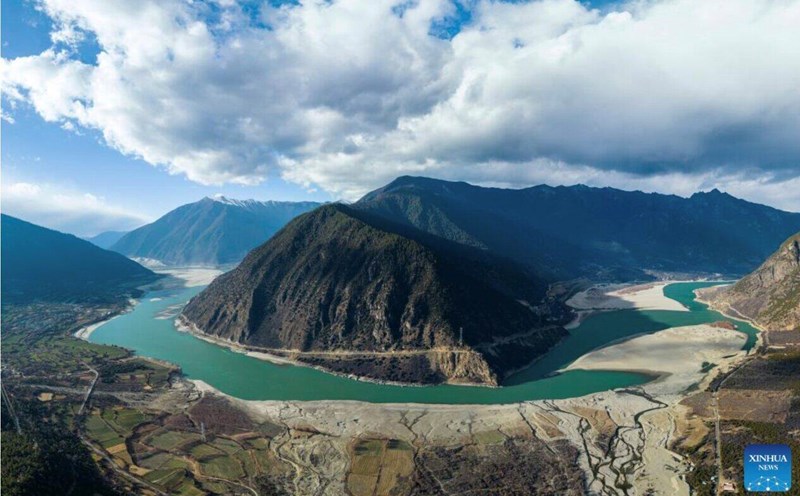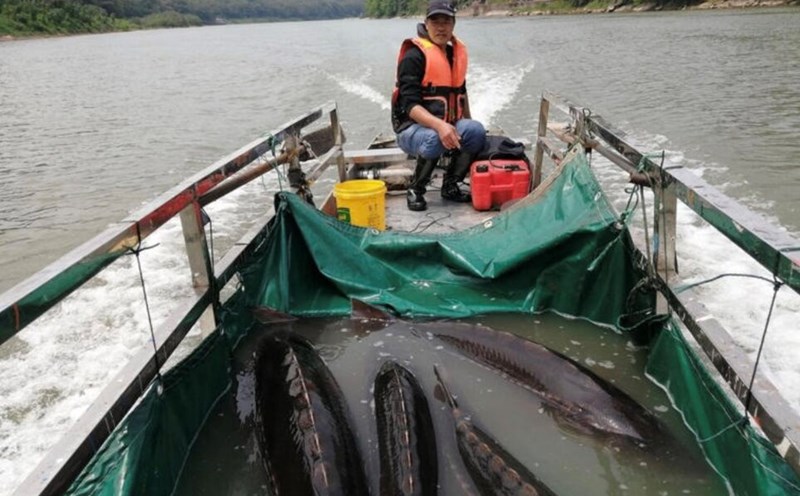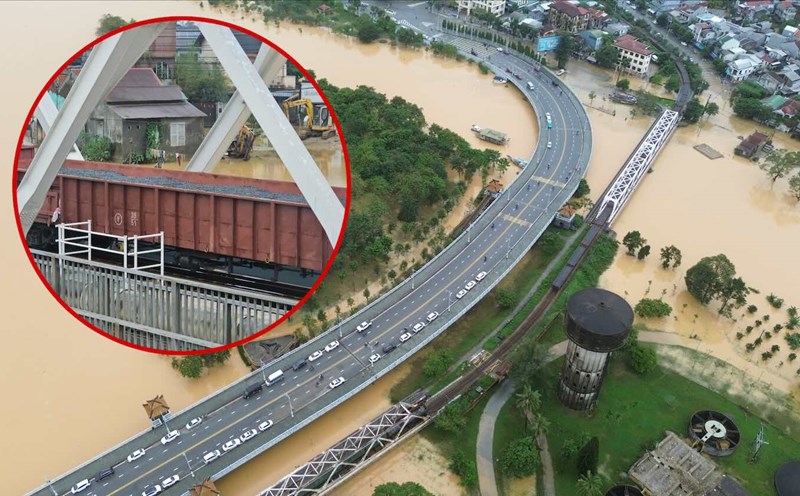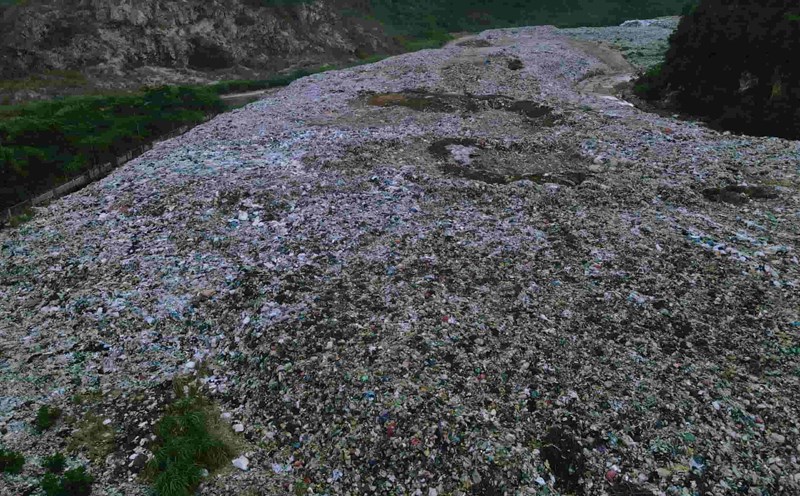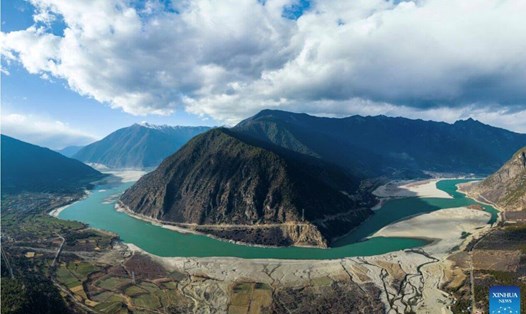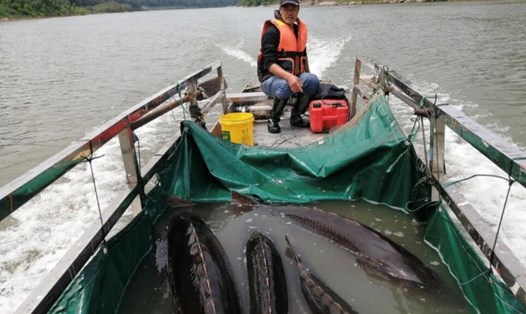The flow of the Nha Lung River, a level 2 bypass of the Yangtze River, was blocked on October 28, marking the beginning of two large hydropower projects in China, Manh Dich Cau and Nha Can I, with a total installed capacity of 2.7 million kW.
"This is the first time on the Nha Lung River that two hydropower plants have blocked the flow at the same time, marking a new breakthrough in the construction of China's first integrated hydropower - solar power - wind power facility" - China Electric Power News, an agency under the National Energy Administration of China informed.
China Electric Power News said the river was blocked for less than 30 hours with waterlogging.
This strategy creates a low flow phase to facilitate the implementation of further items in the process of building a new hydropower plant. blocking the flow also helps to significantly reduce the complexity during construction, improve the success rate and safety when connecting the two ends of the hydropower dam.
The simultaneous blocking of the flow in the area of the two hydropower plants on the Nha Lung River also helps to maximize overall efficiency.
When completed, the two large hydropower plants Manh Dich Cau and Nha Can I will produce electricity equivalent to 3.5 million tons of coal per year, helping to reduce 9 million tons of CO2 gas per year.
These two hydropower projects are part of a pioneering model of integrating three renewable energy sources in China. According to the plan, 4 hydropower - solar power - wind power facilities will be built along the Nha Lung River, with a total installed capacity of 78 million kW, expected to be completed in 2035.
The 100% renewable energy system, with hydropower as the core, is designed as a model for hydropower - solar power - wind power integration projects across China, and aims to become a global model for green transformation and low emissions - the news clearly stated.
Of these two projects, Nha Can I project includes the construction of the longest single-lock hydropower dam in China. In this process, preventing concrete cracks in high altitude, low pressure and strong purple beams is a significant technical challenge.

